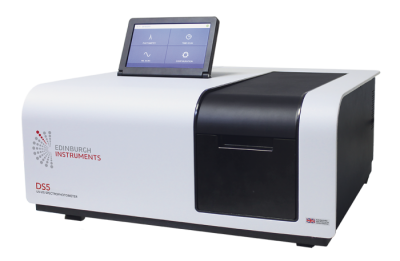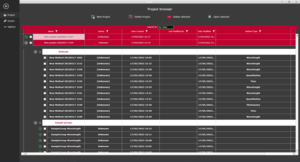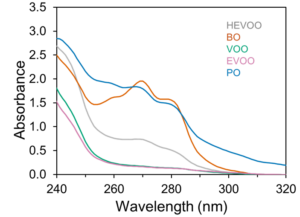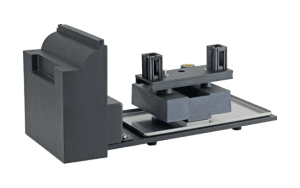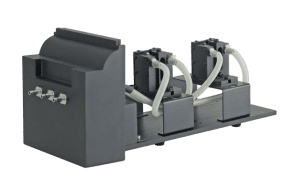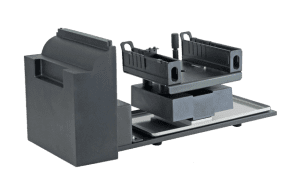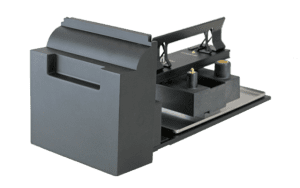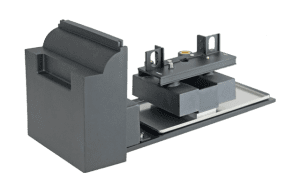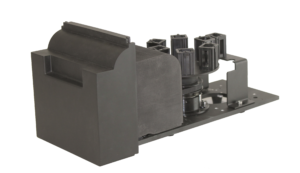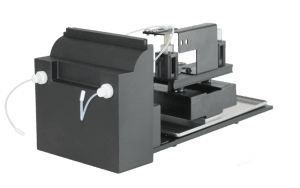“Our research lab is supported by a suite of Edinburgh Instruments products, enabling us to investigate a diverse range of materials, including perovskites, batteries, and 2D materials. The exceptional quality of their systems, combined with unmatched customer support, is why we continue to expand our lab with EI”
DS5 Testimonial
RMS1000, FLS1000, DS5 user, Dr Sajjad, Associate Professor, LSBU
